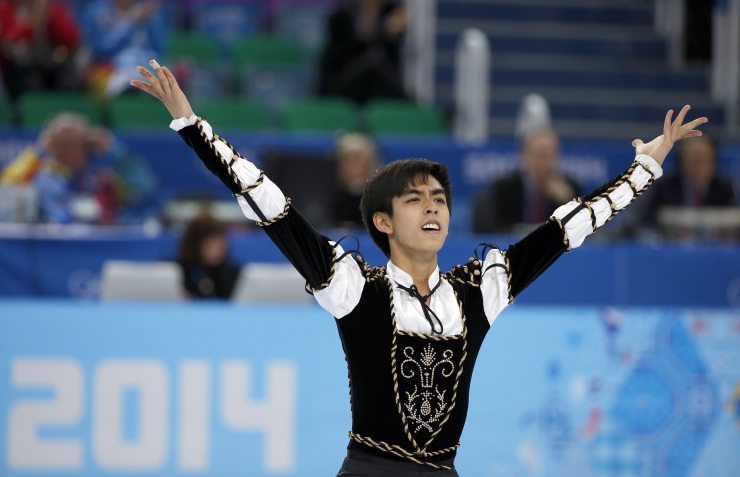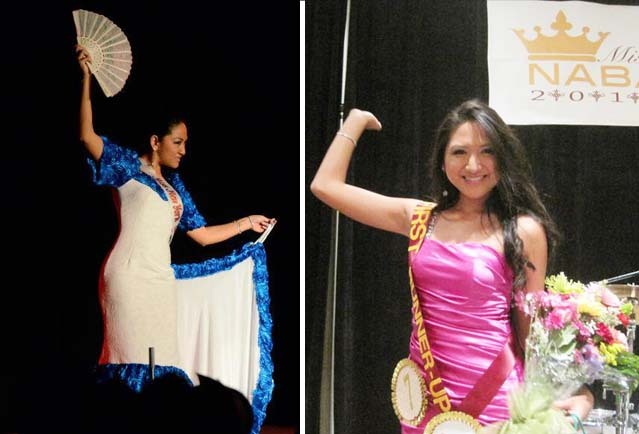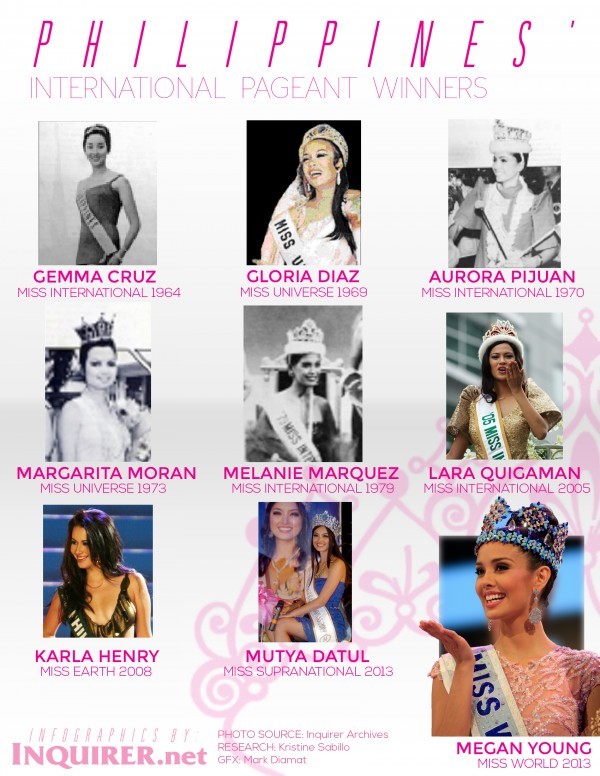I recently saw Aladdin on Broadway - a dream come true since it’s my favorite Disney movie and I’m a huge fan of Adam Jacobs, who plays Aladdin. As I always do after every show, I was looking through the Playbill on my train ride home and realized something interesting about the show’s casting. You see, Adam Jacobs is half-Pilipino, and amidst the slew of headshots smizing at me from the pages, I noticed at least four other sets of eyes that looked like mine and surnames that sounded similar to those of my titos and titas: Rivera, DelaCruz and Cao.
Welcome to Agrabah. City of mystery, of enchantment... of Pilipinos?
This got me thinking back on shows I had seen with Pilipino actors playing roles that are non-Pilipino or even non-Asian. The first time I saw Les Miserables on stage, it starred three Pilipinos in lead roles: Adam Jacobs, Ali Ewoldt, and Lea Salonga. I had also seen Jacobs as Simba in The Lion King. Darren Criss was the lead in How To Succeed In Business Without Really Trying. Godspell starred Anna Maria Perez de Tagle and George Salazar.
I did some digging around and found other shows with Pilipino actors playing lead roles: In The Heights, Rent, Newsies, Bombay Dreams, Wicked, West Side Story, Joseph and the Amazing Technicolor Dreamcoat, just to name a few.
Pilipino actors have obviously been on Broadway for quite some time now, but when seeing them on stage, I saw them as actors. Not Pilipino actors. And that is probably how the rest of the world sees them too. While many of these actors are of a mixed background and could easily look like the ethnicity of the characters they’re portraying, there are still a few pure-blooded Pilipinos playing these roles. What Pilipinos have to their advantage in this arena is the ability to appear ethnically ambiguous.
Broadway isn’t teeming with shows created for an all-Pilipino or all-Asian cast, so until then, these actors play other roles such as a Dominican-American success story who finally made it out of the Heights, a man in the slums of Bombay daydreaming of becoming the next Bollywood sensation, or even a Middle Eastern boy with a magic lamp and a Genie. And it’s totally believable.
Due to being a hybrid of different races and ethnicities throughout the years, Pilipinos have certain physical attributes that can either be played up or toned down depending on the role: skin color, hair texture, even eye shape. One could have a complexion light enough to pass for a young Parisian girl in Les Miserables or have the voluminous curly hair needed to accompany the sequined gowns as one of the Dreamgirls. This versatile appearance is key as an actor. Pilipinos weave through the many different roles on Broadway not just because they have to, but also because they can.
There’s also something about a stage production that makes it more acceptable for actors to not perfectly match the parts they’re playing. Perhaps it’s the lack of literalism, which is something you won’t find in cinema. Everything in a stage production has a sort of temporary feel - the set, the lights, the costumes. Early Shakespeare plays starred men in all roles - even those of women. And I don’t know about you, but townspeople don’t just randomly burst out into song and choreographed dance numbers (at least not in New York, we have trains to catch!).
It seems, though, that the Broadway landscape is shifting towards non-traditional casting. Thanks to recent productions such as Romeo and Juliet with Orlando Bloom as Romeo and Condola Rashad as Juliet, audiences are seeing mixed casts where the issue of racial differences is not controlled, but celebrated.
Shakespeare wrote:
“All the world’s a stage, And all the men and women merely players: They have their exits and their entrances; And one man in his time plays many parts.”
And for Pilipino actors, they don’t just get to play many parts, they play all the parts.
Photo credit: Broadway.com









 Photo Credit: The Inquirer, Manila Bulletin, Binibining Pilipinas, Khaleej Times, Filipiknow.net, and amywillerton.blogspot.com
Photo Credit: The Inquirer, Manila Bulletin, Binibining Pilipinas, Khaleej Times, Filipiknow.net, and amywillerton.blogspot.com